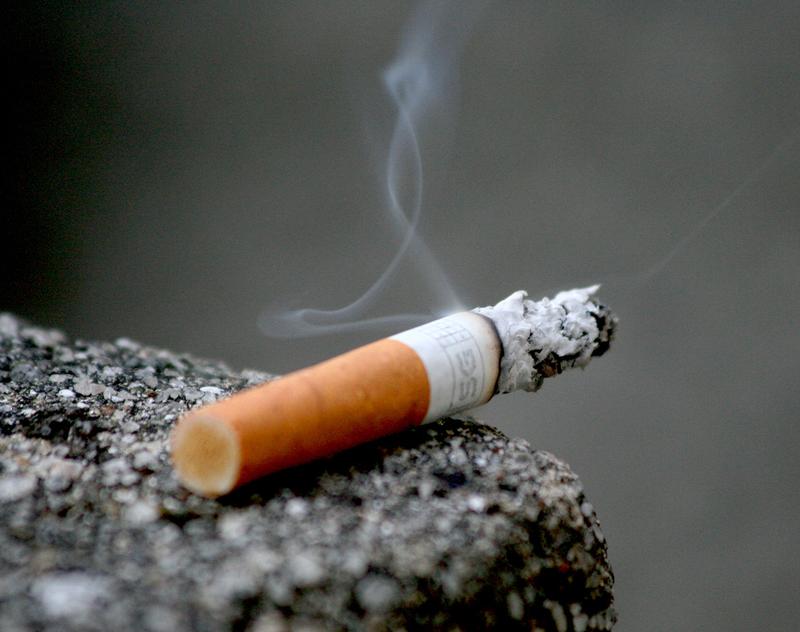
After almost a decade where an increasing number of city residents tossed away their cigarettes, smoking went up slightly last year, according to new Health Department figures.
Six percent more people smoked in 2011 than the year before — despite a broadened smoking ban that kicked in, making city parks, beaches and select public spaces off-limits to tobacco puffing.
Health officials said the uptick in the smoking rate, from 14 to 14.8 percent, is not statistically significant, because it falls within the margin of error. They also said expelling smokers from city parks was intended not to reduce overall smoking, but to protect people from second-hand smoke and to make public spaces cleaner.
But the stalling decline suggests the city could be facing new challenges in persuading people to quit.
The city already has the heaviest tobacco taxes in the country — something officials in the past have credited with drops in smoking. City-level information is not widely available, but a handful of other states have lower smoking rates than New York City, including Connecticut and California, according to the CDC, using figures from 2010.
Experts say that in areas like these, it will be difficult to get the rates any lower, because the main people still smoking are those who continue to ignore all the aggressive efforts pleading with them to stop.
“As long as tobacco is a legal product, and as long it’s marketed aggressively, there will always be some core of people who are addicted to it,” said James Colgrove, from Columbia University’s Mailman School of Public Health. “The question is: How small can that core be? Everyone in tobacco control appreciates that the hardest task lies ahead.”
